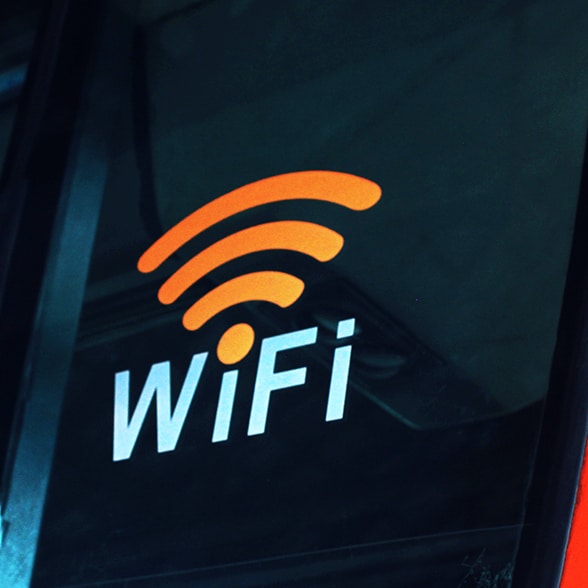The city of McAllen, Texas is tapping unlicensed CBRS spectrum to provide backhaul for a citywide WiFi hotspot deployment aimed at enabling students in the city to gain internet connectivity to support distance learning during COVID-19. A large percentage of students are low income and do not have high-speed broadband at home. Many of the costs of constructing the network were covered through a CARES Act grant.
“The city put up the money for the entire project and we were required to follow federal guidelines so that the city could be reimbursed by CARES Act funding that was received by our county,” explained Drew Lentz of Frontera Consulting, who helped advise McAllen on the CBRS deployment, in an email to Telecompetitor.
McAllen has a population of about 140,000, including 23,000 K-12 students. High school students had been issued Chrome book laptop computers, and elementary students had been issued iPads – and to support them, the city of McAllen previously deployed about 14 hotspots citywide. But that network only reached a small portion of students, and some students had to go to fast food restaurants or city parks to connect to the internet.
The new network has 1,000 CBRS access point/ hotspots, enabling many students to connect from their homes, and there are plans to add at least 5,000 more access points over the next year.
CBRS Backhaul
“Taking 14 [hotspots] to 1,000 and doing it quickly and cost effectively [with] CBRS is a perfect fit,” explained Kurt Schaubach, chief technology officer for Federated Wireless, which donated spectrum access system technology to support the McAllen deployment.
Traditionally, public Wi-Fi hotspots would have fiber backhaul, but using CBRS spectrum enabled the network to be deployed more quickly.
“The city has a mandate of utility poles every 600 feet, which worked out very well for this,” commented Lentz. “We were not able to get on all of them, but in some of the neighborhoods, there’s an access point as close as 600 feet from each other.”
According to Schaubach, the range of each access point is several hundred feet, which matches well with the utility pole infrastructure. Each access point can support about two dozen homes.
The CBRS spectrum supporting the McAllen deployment is used on a general authorized access (GAA) basis – essentially an unlicensed basis, with spectrum access technology used to divide available spectrum among all GAA users. Schaubach noted that in the future, a city like McAllen could augment its offering by leasing additional spectrum from entities holding licenses in the CBRS band. He added that, in the future, some laptops and other devices are expected to support direct CBRS connectivity as an alternative to Wi-Fi.
The access points and base stations used in the McAllen deployment came from Cambium Networks.
Moving forward, the annual maintenance fee for the McAllen network will be covered in a budget item by the city, Lentz explained. He also noted that “we are going to work with our local school district to help train students . . . to provide technical support on the network, which will lower the ongoing cost.”
Lentz declines to estimate what it would cost other cities to deploy a public wireless network similar to the one in McAllen, noting that there are many variables. Undoubtedly using CBRS backhaul can minimize the cost of deploying such a network, however.


